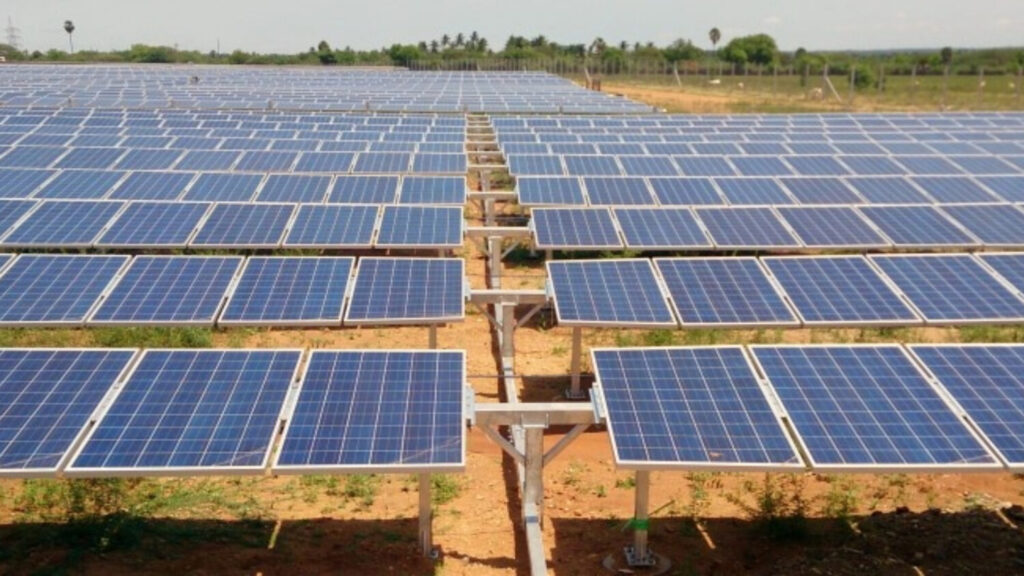Sanctions to Warships: American Mobilisation near Venezuela
Washington wields sanctions, asset freezes, and military deployments to reinforce its hegemony, while Caracas seeks legitimacy in resistance despite financial fragility.
The relationship between the United States and Venezuela has historically oscillated between partnership and confrontation. Throughout much of the twentieth century, Venezuela was regarded as a reliable energy partner and a critical node in US hemispheric strategy. Yet the election of Hugo Chávez in 1999 inaugurated a new trajectory: one in which Caracas consciously positioned itself against Washington’s hemispheric dominance. Chávez’s “Bolivarian Revolution” drew upon an anti-imperialist vocabulary, forged alliances with Cuba and Iran, and presented Venezuela as the vanguard of an alternative regional order.
The 2002 coup attempt against Chávez, widely perceived in Caracas as tacitly supported by Washington, marked a decisive rupture. What followed were decades of mounting antagonism: sanctions targeting Venezuela’s oil industry, contested elections, and mutual withdrawal of ambassadors. Under Nicolás Maduro, this antagonism deepened as political crisis intertwined with economic meltdown. For the United States, the Venezuelan state was increasingly framed through the lens of authoritarian consolidation and criminality. For Venezuela, US policy was interpreted as a renewed imperialism cloaked in security discourse.
Current Developments
On August 7, Pam Bondi, US Attorney General doubled the reward for information leading to the arrest of President Nicolás Maduro, raising it to $50 million. The bounty, first issued in 2020 on charges of drug trafficking has been repeatedly denied by Caracas, though Washington continues to link Maduro to narcotrafficking and organised crime. Shortly after this, US naval deployments in the southern Caribbean intensified. According to the White House, these were to address threats from Latin American drug cartels The package has included seven warships and a a fast-attack submarine, among them the USS Iwo Jima (LHD-7), USS San Antonio (LPD-17) and USS Fort Lauderdale (LDP-28), carrying more than 4,000 personnel; a scale well above routine presence operations in the area.
For Venezuela, the build-up was read as an immediate national threat. In response, the government ordered the deployment of thousands of troops along the Colombian border. At the same time, civilian militias, estimated in the millions, were activated across the country. These measures were framed not only as acts of military prudence, but also as a demonstration of internal resilience against external coercion.
Washington’s public case rests on two pillars: 1) counter-drug interdiction and 2) regional security reassurance. Press secretary Karoline Leavitt emphasised that many Caribbean nations have applauded the administration’s counter-drug operations and efforts, while noting that the deployment’s mix of amphibious lift, ISR (P-8 patrol aircraft) and maritime strike is intended to pressure transnational networks across sea and air corridors. The deployment in the South Caribbean is calibrated to sustain patrols, boarding operations and flexible deterrence without announcing any plan for a land incursion.
The United Nations Office on Drugs and Crime (UNODC) states Venezuela is not a cocaine-producing state. Almost all cocaine is produced in Colombia, Peru and Bolivia. This information is corroborated by the US Drug Enforcement Agency (DEA), who have written that 84% of cocaine seized in the US is a product of Colombia. Venezuela is not mentioned in any reports, not as a producer, nor as a transit country. Furthermore, most narcotics are trafficked seaborne through the Pacific to the US, not the Atlantic.
The Diplomatic Theatre
The summit in Anchorage between respective Russian and American Presidents in August served as a reminder of how international politics often proceeds less through substantive outcomes than through choreographed theatrics. The Venezuelan episode reveals a similar dynamic. The deployment of US naval power is not simply a tactical manoeuvre but a form of diplomatic theatre. It demonstrates resolve and military might reassures domestic audiences, while unsettling adversaries, yet it does so without committing to the costs of direct confrontation.
For Venezuela, the counter-performance is equally theatrical. Mobilisation of militias, mass rallies and speeches do not alter the military imbalances but operate at the level of political depth. Both sides convert material reality into popular symbolic capital, transforming warships and militias into instruments of political narrative rather than instruments of violence.
Whether these displays endure with substance or fade with shifting circumstances remains uncertain.
The Economic Dimensions
A combination of sustained US sanctions spanning years and structural inefficiencies in the oil sector have sharply reduced Venezuelan state revenues. This has meant that payment for the import of 300,000 doses of insulin to meet the needs of 450,000 registered patients are refused. In 2017, pharmaceutical companies like Baster, Abbot and Pfizer refused to issue export certificates for cancer drugs, which made it impossible for Venezuela to buy them. Inflation remains entrenched and infrastructure has been deteriorated. Crude oil production, which once exceeded three million barrels per day, has fallen to a fraction of that level, constraining the government’s fiscal capacity.
Washington has used Venezuela’s economic weakness to their advantage through a framework of conditional sanctions relief. Since the imposition of sanctions on PDVSA and the broader Venezuelan financial sector, access to global markets has been tightly constrained. In this context, any opening in the sanctions becomes a powerful instrument of leverage. These measures have been designed not to stabilise the Venezuelan economy in an enduring sense, but rather to temporarily relieve it to extract political concessions. Temporary licenses have selectively been issued; presented as pragmatic adjustments that authorise restricted volumes of crude oil to be exported. Revenues from these exports provide Caracas with short-term liquidity, but the conditionality and reversibility of the licenses mean the state is unable to plan long-term investment or recovery.
The temporary licenses are issued selectively and presented as pragmatic adjustments that authorise restricted volumes of crude oil to be exported. These revenues provide Caracas with short-term liquidity, but the conditionality and reversibility of the licenses mean the state cannot plan long-term investment or economic recovery.
This arrangement creates a managed dependency. By rationing access to markets and technology, the US ensures Venezuela remains trapped in a cycle where limited economic relief is always contingent upon political concessions. In this way, sanctions relief itself functions as an extension of coercive policy – less a reprieve than a leash – adjustable according to the priorities of the White House.
Concrete examples illustrate this logic. In late 2022, the US Treasury granted Chevron a license to resume limited operations in Venezuela. This decision was framed as a means of supplying American refineries with heavy crude oil amid global energy volatility. However, its real function was political: it rewarded Caracas for agreeing to re-engage in negotiations with opposition factions in Mexico City. Similarly, in October 2023, Washington issued a broader six-month suspension of certain sanctions following commitments from the Maduro government to allow international observers in the forthcoming 2024 elections. When those elections failed to satisfy the White House’s standards of competitiveness, the relief was partially rescinded.
For Caracas, reliance on hydrocarbons remains inescapable. Oil exports constitute the primary source of foreign exchange, yet sanctions, technological bottlenecks, and decayed infrastructure have massively suppressed output. Efforts to diversify revenue through gold mining and other informal markets have generated alternative income streams, but at the cost of deepening the state’s isolation and entrenching its designation as a ‘pariah’ economy.
The Consequences to Neighbouring Territories
This escalation also carries consequences beyond Venezuela’s borders. Colombia, Guyana and other Caribbean states remain cautious of instability spilling over. Migration from Venezuela has already reshaped labour markets and social services across the region, and any new crisis could amplify these pressures. For the United States, naval deployments also signal deterrence to rivals, especially as Russia and China continue to support Venezuela.
The current situation between the United States and Venezuela is not simply a matter of military manoeuvres, but of economic leverage and structural dependency. American foreign policy combines sanctions, asset freezes, and selective pressure with military deployments intended to reinforce its hegemonic role in the hemisphere. Venezuela, constrained by economic crisis, attempts to translate external threat into internal legitimacy, but its financial fragility remains acute.
Ultimately, the confrontation highlights the contemporary military-economic intersection of the American continent: sovereignty is tested not only by military deployments, but by the material conditions of debt, markets, sanctions, and the distribution of power in the region.



